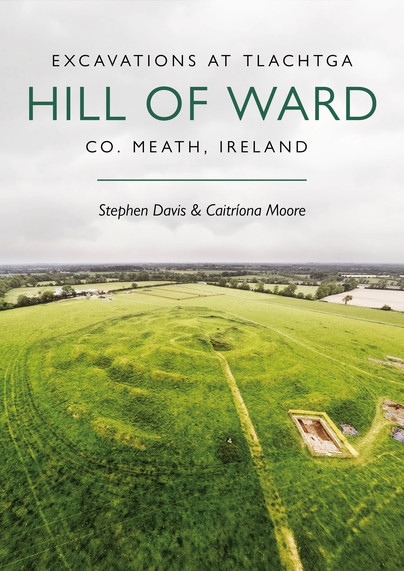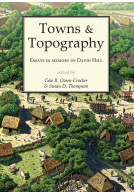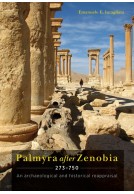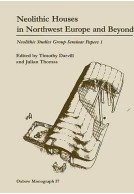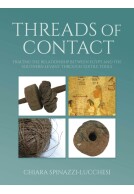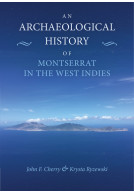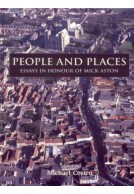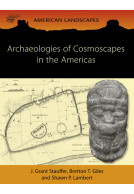Excavations at Tlachtga, Hill of Ward, Co. Meath, Ireland (Paperback)
By
Stephen Davis, Caitriona Moore
Imprint: Oxbow Books
Pages: 192
Illustrations: Colour & B/W images
ISBN: 9798888570449
Published: 29th October 2024
Script Academic & Professional
Imprint: Oxbow Books
Pages: 192
Illustrations: Colour & B/W images
ISBN: 9798888570449
Published: 29th October 2024
Script Academic & Professional
You'll be £35.00 closer to your next £10.00 credit when you purchase Excavations at Tlachtga, Hill of Ward, Co. Meath, Ireland. What's this?
+£4.99 UK Delivery or free UK delivery if order is over £40
(click here for international delivery rates)
Order within the next 11 hours, 2 minutes to get your order processed the next working day!
Need a currency converter? Check XE.com for live rates
(click here for international delivery rates)
Order within the next 11 hours, 2 minutes to get your order processed the next working day!
Need a currency converter? Check XE.com for live rates
Initial remote sensing survey at Tlachtga, Co. Meath in 2011–12 highlighted the presence of multiple, partially overlapping phases of enclosure at the site. Three subsequent seasons of excavation provided critical interpretive evidence, with over 15,000 fragments of animal bone, human remains, charred plant material, evidence of metalworking, and a hoard of Anglo-Saxon silver coins dating to the late 10th century AD.
The main activity at the site spans four broad periods and two main phases of monumental construction: a late Bronze Age to early Iron Age ‘Hillfort Phase’ (1100–400 BC) and a late Iron Age to early medieval (AD 400–600) ringfort phase associated with a smaller foundation enclosure – the ‘Southern Enclosure’. This ringfort phase was remodelled later in the early medieval period (9th–10th century AD) and augmented by a phase of mound construction in the mid-10th century AD. This is contemporary with the deposition of the coin hoard east of the main complex in an apparent craft-working area. The final phase of the central mound indicates the construction of a timber stockade, most likely in the 12th century, again with significant craft activity.
This volume represents the excavation of at least four loci within the broader monumental landscape of Tlachtga, charting its progression from Bronze Age hillfort to pre-Anglo Norman power display mound.
The excavations at the Hill of Ward and this publication were made possible through funding by the National Monuments Service via the Royal Irish Academy archaeological research excavation grants, and by Meath County Council, with additional support by the Office of Public Works and the Heritage Council.
"This is a comprehensive and readable account of a fascinating and hitherto little-know site."
Current Archaeology - June 2024
Customers who bought this title also bought...
Other titles in Oxbow Books...







